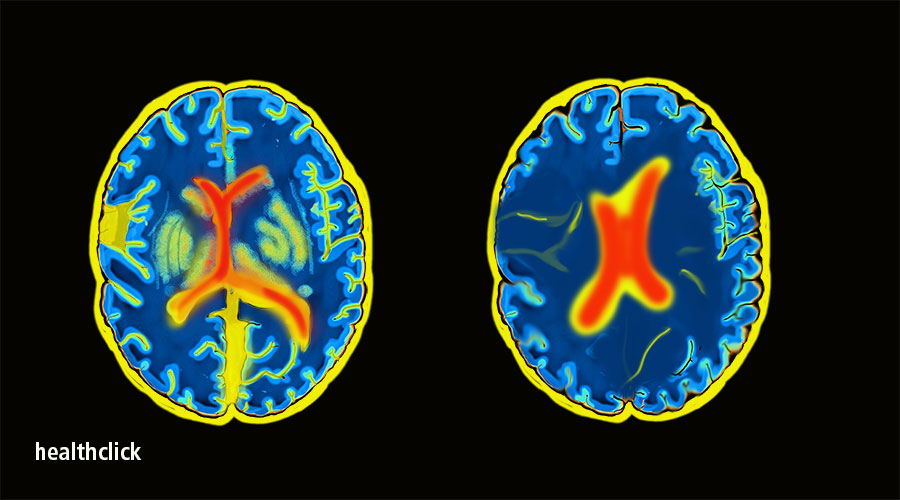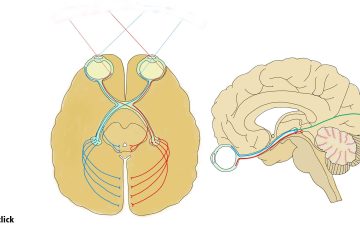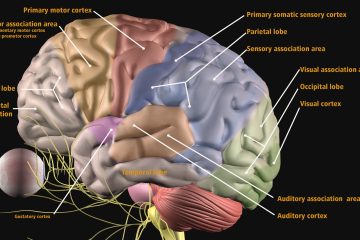This information is part of the Sports Concussions and the Oculomotor System PT CE Course: Sports Concussion and Evidence-Based Course. This course is designed to provide information to medical professionals to efficiently treat sports-related concussions. Learn early recognition of signs and symptoms that can contribute to prolonged symptomology that then impairs that person from getting back to sport or activity.
What is the purpose of our ocular motor system?
The ocular motor system produces eye movements to direct the eye towards an object of interest. We sometimes see athletes have difficulty in school, but they are doing fine with their return-to-play or the activity or exercise they are doing; they are struggling. That could be more of ocular motor dysfunction that needs to be addressed but think about how that would affect an athlete going back onto the field if their eyes aren’t tracking as fast as they can be or they are getting momentary blurs when they are tracking a ball. This situation puts them at an increased risk of further injury. So it is a multidisciplinary approach to ensure that these athletes are 100 percent safe before they go back to the field in any sports-related activity.
How Does the Oculomotor System Effect Sports-Concussion Recovery?
Understand the Anatomy Before Testing to Identify the Problem
So, we need to talk about the anatomy of our ocular motor system. What are we looking at? What are we following? What are we tracking? Involved in that are six extraocular muscles that rotate the eye. It is essential to look at all of the functions of those muscles to ensure that there’s not one that may be the pathway or the signal going from the brain hasn’t been functionally affected.
Those six extraocular muscles divide into three pairs with complementary actions. So we can’t say that one is in isolation because we have things moving or acting in conjunction with each other. The three cranial nerves that control those eye muscles are cranial nerve III, or ocular motor, cranial nerve IV, or the trochlear nerve, and then cranial nerve VI, which is the abducens. We will look at those eye movements when we get to the ocular motor exam.
Sports Concussions and the Oculomotor System PT CE Course
Vison vs. Sight
Understand the difference between sight versus vision. A common mistake is that the sports-related concussion patient’s visual screen will often be just a visual acuity test or question; Is it at 20/20? 20/10? or 20/50? But vision is more involved than 20/20; how do the eyes coordinate? Are they moving and processing that information? We need to make sure that we look at all of those extraocular, ocular motor movements to ensure that we’re not missing something. It’s not just the eye chart, although we use the eye chart when we do some vestibular testing.
Vision is the dominant sense. I think all of us can agree that the first thing we do is use our vision, especially in sports. There is a multitude of different visions that we look at. We look at our immediate and central visions of what is happening right in front of us, but then we have an inherent awareness of what’s going on in our periphery.
Concussion is a clinical syndrome of symptoms and signs occurring after biomechanical force is imparted to the brain.
NIH article

Oculomotor System Training Decreases Symptoms of Sports Concussions
A recent study showed that vision performance or visual training on higher-level elite athletes showed a decrease in the incidence of concussion only because they were more peripherally aware, so they could almost anticipate or see things coming at them and then react and move out of the way. It’s pretty complicated, but you may see things like the Dynavision, or the D2, the newest version. That’s more of a visual reaction, speed timing thing that you can do training to look at reaction time visually and look at peripheral awareness and how quickly you can respond to things in your periphery and then get out of the way. We’ve got some frontiers coming ahead of us to see where this develops and goes.
So the most significant thing with vision is the optic nerve, which allows us to see, and has over a million nerve fibers per eye that provide pathways for visual information processing. To say that is a lot if we think about a million nerve fibers, and so if we think back to the example of the jello shaking and the brain shaking, those pathways will be disturbed. That’s typically why we see if you have ever watched an athlete who has had a sports-related concussion, sometimes they’ll close their eyes tightly or shake their head like they were trying to clear their vision because vision is often involved in that 30-60 percent of the time. There have been studies that show an increase in those numbers.
Learn more in our All Access Subscription
For more information on Sports-related concussions, go to the Healthclick All-access Online Subscription and click on the Sports Concussion and Evidence-Based Course. Healthclick provides a series of related topics to provide a comprehensive overview from various educators.
This is one of many courses within the concussion series within the online library that addresses concussions and oculomotor rehabilitation. Some of the other courses that contain more in-depth evaluation and treatment techniques to improve oculomotor dysfunction:
Vestibular Rehabilitation -Evaluation and Treatment
Current Concussion Evaluation and Treatment Approaches
References
Gao Y, Chen L, Yang SN, Wang H, Yao J, Dai Q, Chang S. Contributions of Visuo-oculomotor Abilities to Interceptive Skills in Sports. Optom Vis Sci. 2015 Jun;92(6):679-89. doi: 10.1097/OPX.0000000000000599. PMID: 25930979.
Rao Hrishikesh M., Yuditskaya Sophia, Williamson James R., Vian Trina R., Lacirignola Joseph J., Shenk Trey E., Talavage Thomas M., Heaton Kristin J., Quatieri Thomas F. Using Oculomotor Features to Predict Changes in Optic Nerve Sheath Diameter and ImPACT Scores From Contact-Sport Athletes. Frontiers in Neurology, VOLUME=12, 2021


